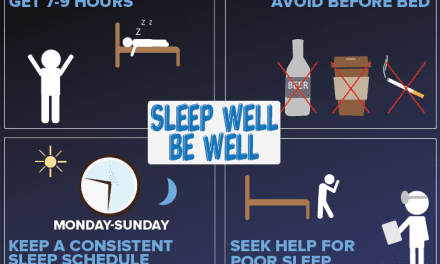Fatigue was a likely factor in the pilot’s diminished situational awareness at a critical time when a course change was required on the bulk vessel Tundra, according to a recently released report from the Transportation Safety Board (TSB) of Canada. The Tundra ran aground on November 28, 2012, causing no pollution or injuries but resulting in minor damage to the ship including scratches and an indent at frame 132, a slight buckle in one propeller blade, and one inspection cover missing from the starboard side of the rudder.
The report states:
As the vessel neared a planned intermediate course change, the pilot was seated on the port side of the bridge at a distance of approximately 8 m from the rest of the bridge team and in a position where the next set of range lights would not be visible. The pilot had planned to initiate this intermediate course change when buoy S-140 was abaft of the vessel; however, the buoy had been removed 7 days earlier, and the turn was not initiated. The next lateral buoy visible on the vessel’s port side was the S?136, but its light characteristics differed from those of S-140. As such, it is unlikely that the pilot missed the course change because he had confused these 2 buoys. Rather, it is more likely that the pilot’s ineffective monitoring of the vessel’s position at this time was due to diminished situational awareness resulting from fatigue. Given that the monitoring by the officer of the watch (OOW) was also ineffective, the vessel continued on its course, exited the channel, and ran aground.
The pilot was involved in a similar accident in 2004, when the container vessel Horizon grounded at the same location. In that TSB report, one of the findings was that fatigue may have been a factor in the pilot’s decreased vigilance.
The latest TSB report states:
As a result of the Horizon grounding, the pilot underwent a sleep evaluation in 2007 at the LPA’s request; however, he did not receive any feedback regarding the outcome of that evaluation, nor did the LPA due to patient–physician confidentiality. The diagnosis from the sleep evaluation was that the pilot’s sleep was “fragmented by numerous returns to wakefulness, probably compatible with shift worker insomnia.” He was not diagnosed with obstructive sleep apnea at that time. The pilot remained in service and subsequent biennial medical examinations required to determine fitness for duty made no mention of a sleep disorder.
At the time of the Tundra’s grounding, the report states that the pilot had the following risk factors commonly found in OSA sufferers: elevated body-mass index, use of cigarettes, environmental allergies, asthma, snoring, and previous difficulties with sleep, as well as the demographic risk factor of being middle-aged. The pilot was requested by the TSB to undergo a sleep evaluation, which he did on April 30, 2013. The pilot was diagnosed with mild, positional, rapid eye movement?related OSA and shift work disorder.
The report states:
Although an analysis of the pilot’s 72-hour sleep history indicated that he was not suffering from a significant acute or chronic sleep debt at the time of the occurrence, there were other risk factors and indicators of fatigue. The pilot’s untreated obstructive sleep apnea and shift worker disorder likely reduced the quantity and quality of his sleep on the nights leading up to the occurrence, increasing his risk for fatigue. The physical environment of the bridge, which was dark and warm with the presence of monotonous engine noise, and the time of day (evening), would have been conducive to sleep, especially for individuals with sleep disorders. As well, his physical location on the bridge reduced his interaction with other crew members and, in the 10 minutes preceding the grounding, the relatively abrupt cessation in his level of activity suggests that the pilot may have experienced a micro-sleep.




